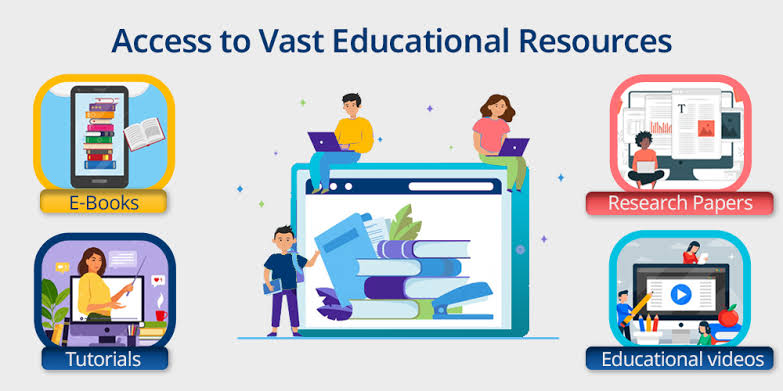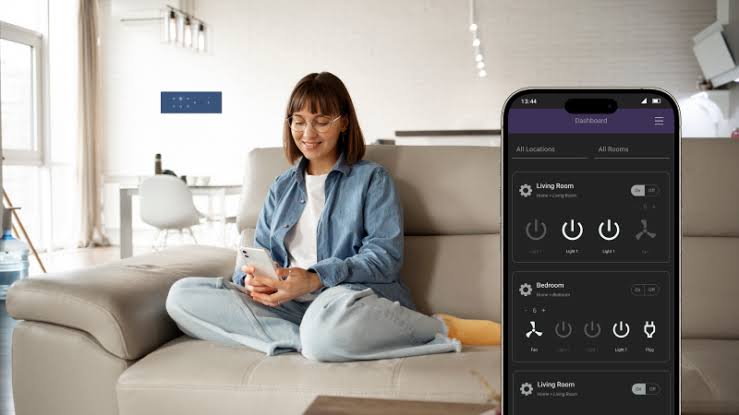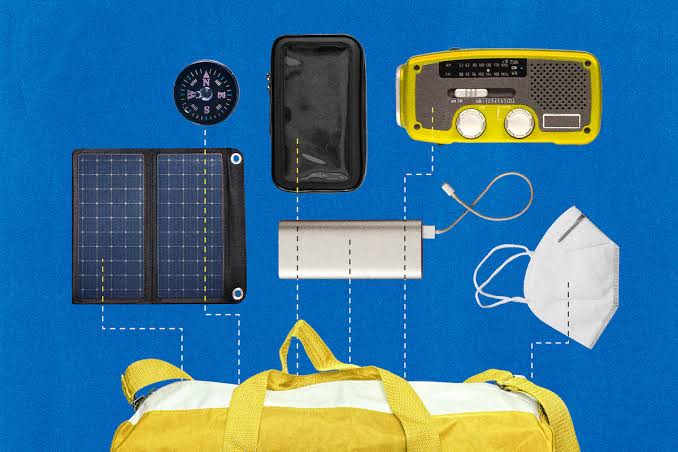The influence of gadgets on modern education systems has become more pronounced as technology continues to shape how students learn, teachers teach, and institutions operate. From smartphones to tablets and interactive whiteboards, gadgets have transitioned from being optional accessories to essential tools in classrooms and remote learning environments. Their impact is evident in accessibility, engagement, skill development, and even the structure of educational delivery.
Enhancing Access to Learning Materials
Gadgets have made educational resources more accessible than ever before. Students can now access textbooks, research papers, videos, and interactive modules without relying solely on physical libraries.
- Tablets and e-readers allow students to carry entire libraries in one device.
- Smartphones make it easy to research topics instantly during lessons.
- Cloud storage ensures that notes and assignments are available anywhere.
This accessibility bridges the gap for learners in remote areas and helps create more inclusive learning opportunities.
Improving Student Engagement
Interactive gadgets help transform learning from a passive process to an engaging experience. Multimedia elements such as videos, animations, and simulations make lessons more dynamic.
- Smartboards allow teachers to create visually rich presentations.
- Educational apps offer gamified quizzes and challenges.
- Virtual reality headsets provide immersive learning in subjects like history or science.
When students are more engaged, they are more likely to retain knowledge and participate actively in discussions.
Facilitating Remote and Hybrid Learning
With the rise of remote education, gadgets have played a critical role in ensuring continuity of learning.
- Laptops and tablets are essential for attending virtual classes.
- Webcams and microphones allow real-time interaction between students and teachers.
- Collaboration tools like shared documents make group projects possible even from different locations.
These tools help schools maintain educational standards regardless of physical classroom availability.
Supporting Personalized Learning
Gadgets enable a more personalized approach to education, catering to individual learning speeds and preferences.
- Educational software can adapt difficulty levels based on student performance.
- Language learning apps provide tailored exercises for different skill levels.
- Data tracking allows teachers to monitor each student’s progress and provide targeted support.
This individualized attention helps students overcome weaknesses while building on their strengths.
Building Digital Literacy Skills
Using gadgets in education prepares students for a technology-driven workforce.
- Learning to navigate online platforms develops research and problem-solving skills.
- Exposure to productivity tools builds proficiency for future career demands.
- Cybersecurity awareness programs help students use technology safely and responsibly.
Digital literacy has become as essential as reading and writing in today’s world.
Challenges of Gadget Integration in Education
While gadgets bring many benefits, they also introduce certain challenges that schools must address.
- Over-reliance on gadgets may reduce critical thinking and handwriting skills.
- Not all students have equal access to modern devices, leading to digital divides.
- Distractions from social media or games can interfere with learning.
Balancing technology use with traditional learning methods is key to overcoming these issues.
Encouraging Collaborative Learning
Gadgets make collaboration more effective, allowing students to work together regardless of location.
- Online discussion boards encourage peer-to-peer learning.
- Shared project management tools help coordinate group assignments.
- Interactive whiteboards allow real-time idea sharing in class.
These tools foster teamwork, a skill essential for both academic success and future employment.
Increasing Efficiency for Teachers
Educators benefit from gadgets as much as students do, as they simplify teaching processes and reduce administrative burdens.
- Digital grading systems save time and improve record accuracy.
- Multimedia lesson planning tools allow teachers to create richer content.
- Communication apps make it easier to reach students and parents instantly.
This efficiency allows teachers to focus more on delivering quality education rather than repetitive tasks.
Conclusion
The impact of gadgets on education systems today is transformative, shaping both how knowledge is delivered and how it is absorbed. They enhance accessibility, foster engagement, support personalized learning, and prepare students for a digital future. However, to maximize their benefits, schools must address issues such as accessibility gaps, distractions, and over-reliance. When used strategically, gadgets can help create a more interactive, inclusive, and effective education system that aligns with the needs of the modern world.




Nice